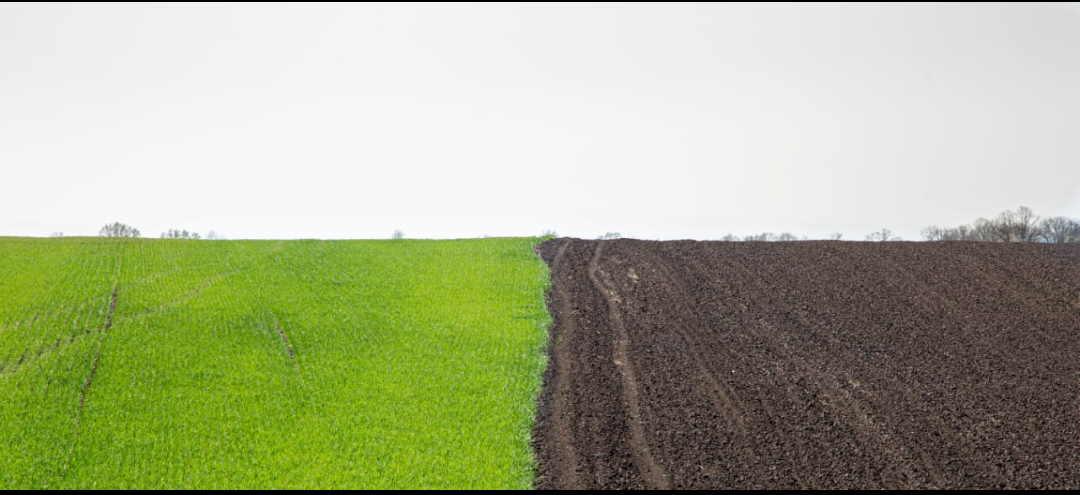Article by :- Saumya Mishra
Introduction
Already seriously affecting agriculture, climate change is already making crop failures more common and needing prompt adaptive action. Rather of relying only on traditional techniques, farmers are investigating new market potential, improving water consumption, and applying soil management methods to reduce hazards. From changing planting schedules to using smart agriculture methods, many are finding simple yet effective ways to grow food even in unpredictable weather.
Why the season is shifting
As the weather changes, conventional farming methods are crumbling. Rising temperatures, uneven rainfall, and severe disasters including floods and droughts stress crops considerably. Variations in seasons disrupt planting schedules and hence impact both yield and quality. Farmers are using smart farming tools including weather forecast applications and soil sensors in conjunction with environmentally friendly methods to control and so take the proper action at the right moment.
Impact of climate change on farming
Climate change affects agriculture extensively, impacting food availability, cattle production, and crop yields. While persistent extreme weather events degrade land and reduce the nutritional content of crops, changing rainfall patterns and increasing temperatures harm soil health. This growing barrier begs for local suited solutions that are quick, easy for farmers to utilize right away.
Precision over prediction
The days of directing farm decisions only on predictions are passed. It is now defined by accuracy. Drip irrigation systems save resources and improve effectiveness straight to roots. Decreased waste and soil moisture sensors tell farmers exactly when to fertilize or irrigate. Real-time weather warnings, pest alerts, and crop-specific guidance on planting and harvesting are among the simple smartphone apps that have become indispensable.
 Adaptive strategies for farmers
Adaptive strategies for farmers
Wise water use:
Drip irrigation and sprinklers for water preservation
Farm ponds to gather rainwater for parched times and water conservation.
Among soil conservation methods are:
mulching keeps the soil cool and moist.
Constructing mud bunds and planting in curved rows helps to reduce soil erosion during heavy storms.
Early Warning Systems:
Mobile alarms and weather forecasts to swiftly confront heatwaves, intense rains, and pest invasions
The role of technology
Technology is converting agriculture into a more strong and adaptable network. Advance planning of field work by farmers is aided by weather applications and SMS notifications. Soil sensors and drip irrigation can save water and protect crops during dry spells. Special climate-resistant seeds may resist floods, heat, or doughts. Mobile apps provide instant direction on pest control, fertilizer use, and soil maintenance. Farmers can also preserve crops after harvest with solar cooled storage, therefore reducing waste and raising income.
Conclusion
Although climate change is making agriculture more unpredictable, smart water management, soil preservation, and innovative technology can protect crops and minimize losses. Tools already empowering farmers with the knowledge and confidence necessary to make more wise decisions include mobile applications, weather warnings, and solar storage. These small but strong changes are increasing food security, protecting crops, and raising farmer revenue. Adapting entails building a stronger, more resilient agricultural future today.


